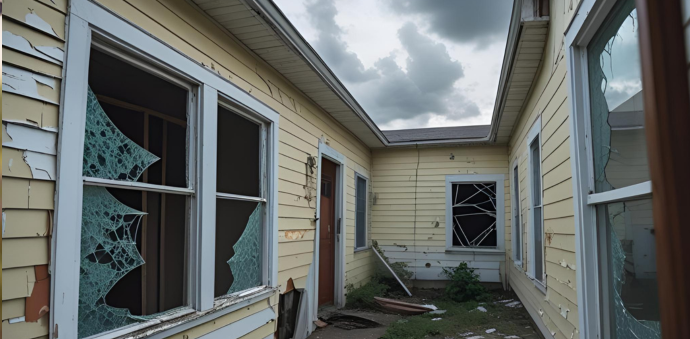
Living in a home that is unsafe, unhealthy, or unlivable is stressful and can seriously impact your well-being. You have the right to a safe and habitable rental, and understanding what makes a rental property legally uninhabitable is essential to protecting yourself and enforcing your rights.
This post explains common conditions that legally render a rental uninhabitable, why this classification matters, and how it affects your options as a tenant.
A rental property is legally uninhabitable when it is unsafe or unsuitable for living, posing risks to your health, safety, or basic comfort. This isn’t about luxury; you’re entitled to a place that meets minimum standards required by law.
Uninhabitable conditions often violate local building, health, or safety codes and breach the landlord’s implied warranty of habitability, a legal promise that the home is fit for occupancy. Because laws vary by jurisdiction, the specifics can differ, but there are common characteristics across most places.
You have the right to reliable access to essentials like electricity, heat, hot and cold water, and functioning plumbing. The absence or failure of these can quickly make a home uninhabitable. In very hot climates, air conditioning may also be considered essential.
Severe damage affecting the roof, walls, floors, or foundation that threatens collapse or causes leaks can render a property unsafe. Similarly, broken locks, missing smoke detectors, exposed electrical wiring, or faulty gas lines present serious safety risks.
Infestations of rats, roaches, bedbugs, or other pests capable of spreading disease or damaging the property demand prompt resolution. If left untreated, they can create hazardous living conditions.
Toxic mold, lead paint, asbestos, or chemical contamination pose significant health threats and can legally make a rental uninhabitable until properly addressed.
Conditions that fail to comply with applicable codes, such as inadequate ventilation, unsanitary common areas, or unsafe stairways, can make a property unfit to live in under the law.
Lack of secure locks on doors and windows or insufficient lighting that creates a danger of criminal intrusion may also contribute to uninhabitable status.
If your rental is legally uninhabitable, you may be entitled to remedies such as:
These protections prevent tenants from being forced to live in dangerous or unhealthy environments.
Begin by documenting problems with photos, videos, and written notes. Notify your landlord in writing and request prompt repairs, keeping copies of all communications.
If your landlord ignores the issue, you may report the problem to local housing or health authorities for inspection and enforcement.
Consulting an experienced tenant rights advocate or attorney can help you understand your rights, the laws in your area, and the best course of action based on your situation.
You deserve a safe, livable home. If your rental property has dangerous or unhealthy conditions, don’t wait for things to get worse.
Contact us today for a free consultation. We’ll help you assess whether your rental is legally uninhabitable, advise you on your rights, and guide you toward solutions, including how to enforce repairs or terminate your lease if necessary.
Stand up for your right to safe housing. Reach out now for expert support and peace of mind.